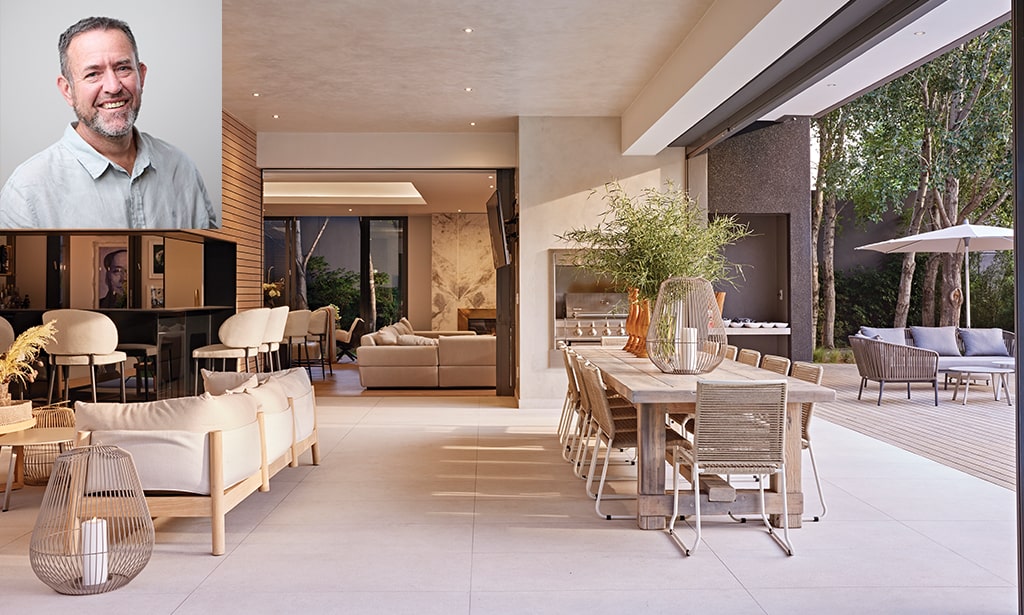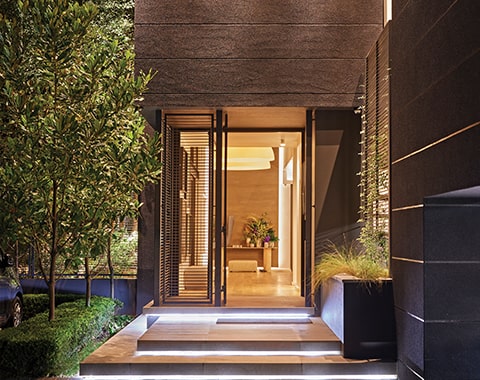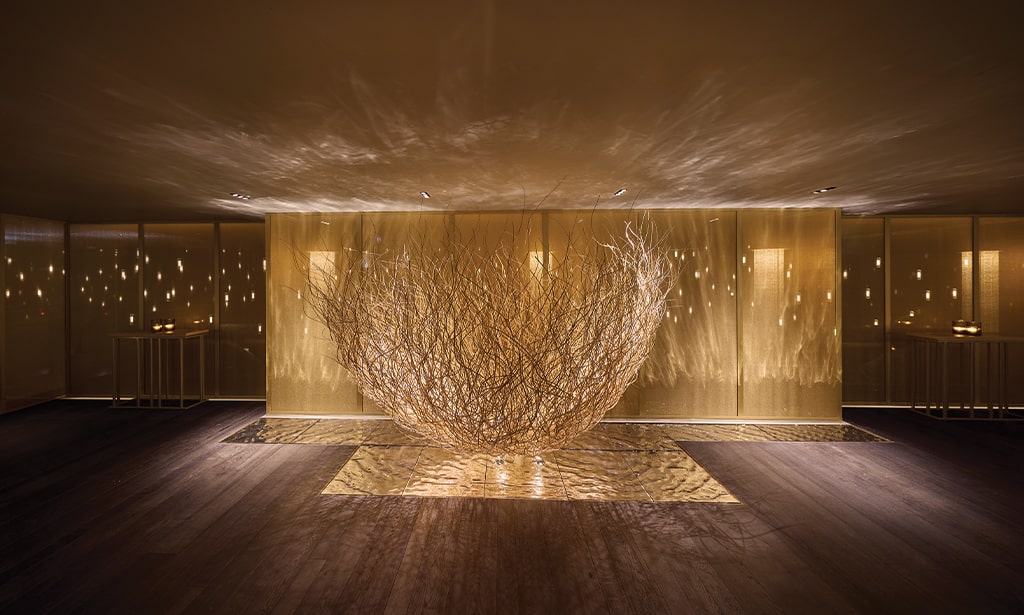
Partner & Design Director at Morris & Co.
What is biophilic design and why is it so important today?
For us it is most importantly about the connection to place. Biophilic design is based on the idea that we can design and articulate our relationship to nature within the built environment, which in turn connects us to place in a meaningful and sustainable way.
Rapid urbanisation, a more compact world in terms of space and time, has increased the need and desire for decompression places, be they our homes, places of work or places where we socialise. For us connection to place infers both a connection to outdoor spaces through natural light and vistas, as well as gives the material stimuli that give a place its character.
What are the patterns and principles of biophilic design, and what benefits does it offer to the built environment?
Visual connection to nature. When we design homes, everyday living spaces are located to the north to optimise the best light and garden vistas. We consider the home’s orientation to optimise vistas into the garden, creating outdoor living rooms that bring about either a feeling of refuge or expansive scale.
Airflow. Considering our moderate climate in Southern Africa we design to maximise natural airflow, cross ventilation and passive heating and cooling. We design homes that open, blurring the threshold between indoor and outdoor. We always aim to provide feelings of both flexibility and a sense
of control.
Water. Integrating a visual connection to water and or the sound of water, capitalises on its multi-sensory attributes, enhancing our experience of a place. It can be soothing, prompts contemplation, enhances mood, and provides restoration
How can biophilic design be effectively applied to indoor spaces? What are the key aspects of designing with a focus on human wellbeing?
Light. Natural light is dynamic and diffused, it changes our experience of a room through the course of a day. When we design with these attributes in mind it can positively impact our circadian rhythm bringing about a sense of well-being and comfort. It connects us to time and place.
Design for the Senses; textures, tones, objects. We perceive our environment through our senses. We can connect with place through materiality via touch, sight and smell. Conversely it can overwhelm us; multiple sensory triggers intensify our experience of a place, so designing with balance in mind can create a sense of wellbeing.
Vistas. We design from the inside out, to capture and experience those vistas from the places we occupy. In the context of home, visual connections to even small instances of nature can be restorative. It doesn’t have to be expansive to be impactful. The best connections to nature are those we curate.
Why is it important to apply Biophilic principles to our homes? How does natural light enhance the quality of indoor spaces?
Our homes are our sanctuaries, they should be places of refuge, recharge, reflection and restoration. They should follow a natural rhythm, from the time of day to how the patina of the home ages with time.
Controlled / considered natural light allows the character of a room to adjust and enhance the time of day, as well as the time of the year. Access to natural light helps our circadian rhythms, improving mood and energy and it can even inform our daily rituals.
What is biophilic lighting, and what positive effects does it have on both physical and mental wellbeing?
Biophilic lighting focuses on incorporating natural light into design. The changing intensity and colour temperature of the sun throughout the day influences our energy and mood.
The ambition should be to replicate the tonality of natural light indoors, thereby extending the ability to regulate circadian rhythms and support overall health and emotional restoration.









